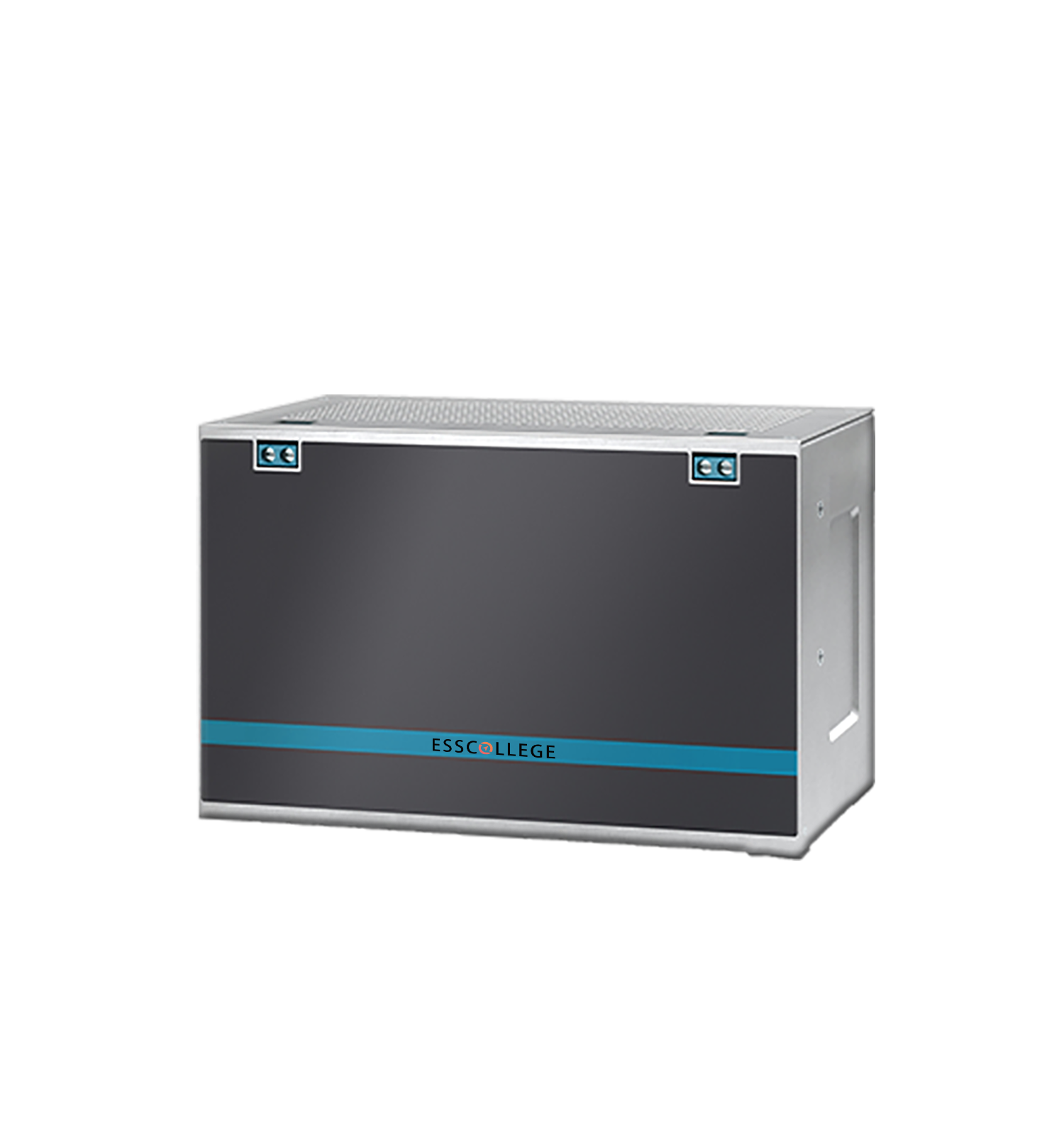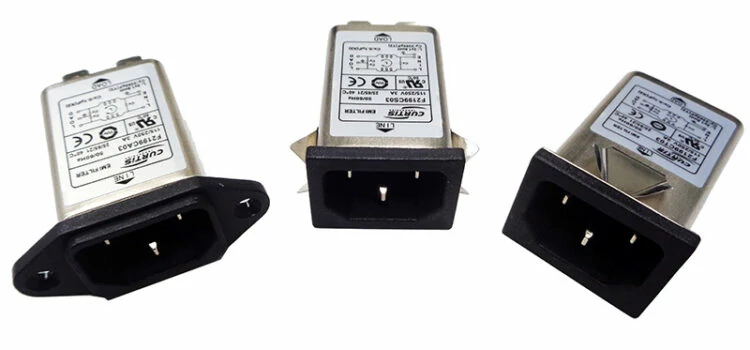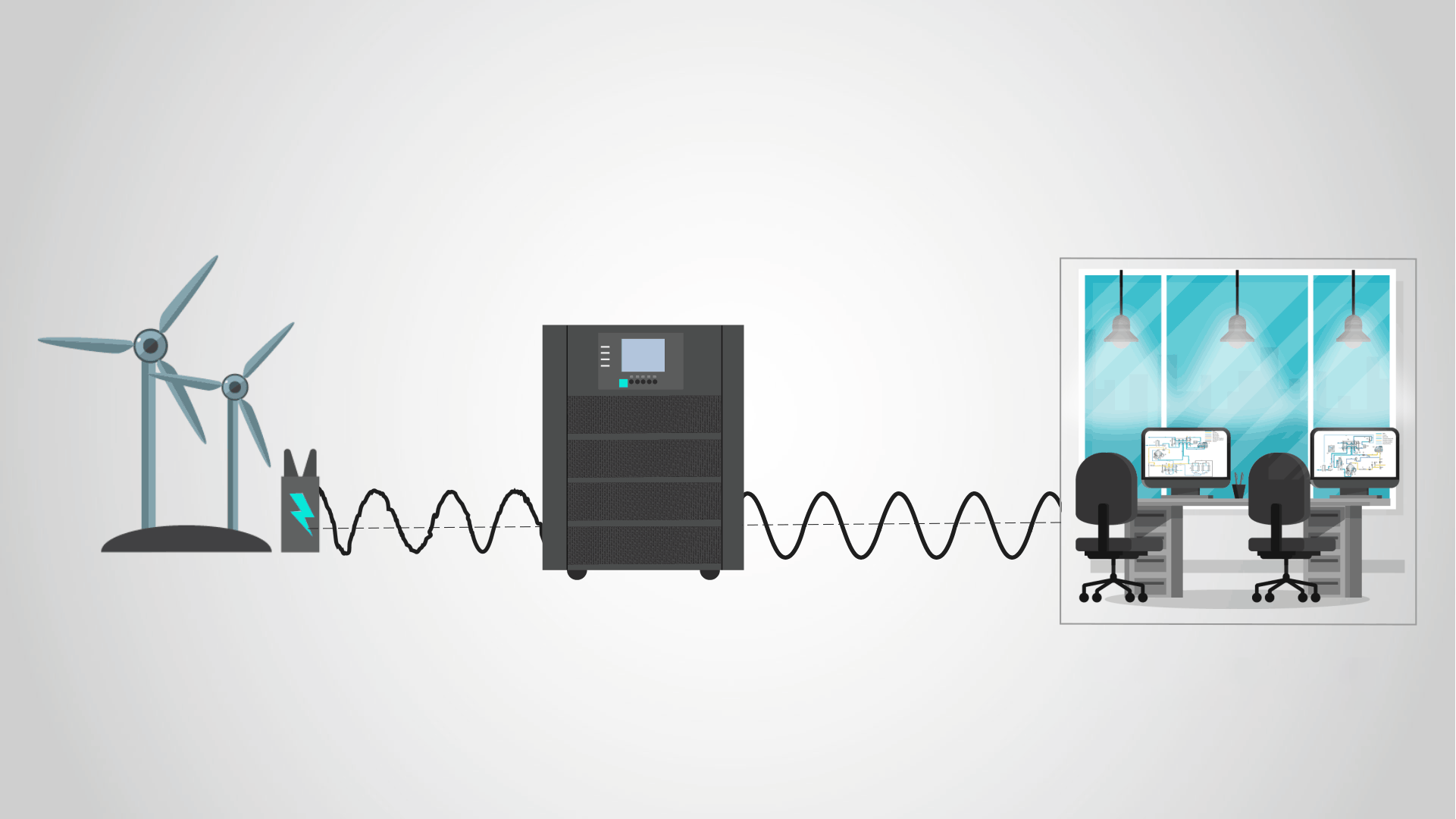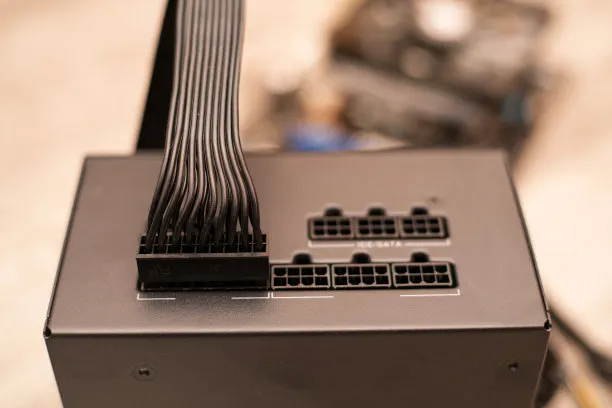UPS remote monitoring connection mode 2 -- Serial port connection (RS-232/RS-485)
Uninterruptible power systems (UPS) are an essential part of modern information technology infrastructure, ensuring the continuous operation of critical equipment in the event of a power outage. In order to effectively manage and monitor the performance of the UPS, many devices are equipped with remote monitoring modules. In addition to the network connection method, serial port connection (such as RS-232 and RS-485) is also one of the common options for UPS remote monitoring. This section describes concepts related to serial port connection (RS-232/RS-485) of the UPS remote monitoring module.
Main content
Serial connection is the way of data transmission through serial communication protocol. RS-232 and RS-485 are two widely used serial communication standards, each with its own unique characteristics, suitable for different application environments.
RS-232
RS-232 is a common serial communication standard that transmits and receives data through a single signal line and a common ground line. Its features include:
Simplicity: The RS-232 communication protocol is relatively simple and easy to implement, which is suitable for short distance data transmission.
Moderate speed: Under normal circumstances, the transmission speed of RS-232 can reach 115200bps, which is suitable for most UPS monitoring needs.
Distance limitation: The effective transmission distance of RS-232 is usually within 15 meters, which is suitable for scenarios where devices are close.
RS-485
RS-485 is a more complex serial communication standard that allows multiple devices to communicate over the same differential signal line. Its features include:
Long-distance transmission: RS-485 can support transmission distances up to 1200 meters, which is suitable for applications requiring long-distance data transmission.
Multi-point communication: RS-485 allows up to 32 devices to communicate on the same network, making it suitable for large UPS systems.
Strong anti-interference ability: Due to the differential signal, RS-485 performs well in environments with more serious electrical interference, ensuring the stability of data transmission.
Advantages and application scenarios
advantage
Using RS-232 or RS-485 for UPS remote monitoring has the advantages of low cost, stability and reliability, easy and fast integration, and security.
Application scenario
The serial connection of UPS remote monitoring module is especially suitable for industrial automation, data center, medical equipment, communication base station and other application scenarios.
CONCLUSION
The UPS remote monitoring module provides a reliable and economical monitoring solution through serial port connection (RS-232/RS-485). With the increasing demand for power reliability and security, serial connected UPS remote monitoring modules will continue to play an important role in various industries.

UPS BATTERY SERIES
UPS (Uninterruptible Power Supply) batteries are an important component of power supply systems designed to provide stable power support for electronic devices.
THE ESSC Brand promise
Global supply
Our products sell well all over the world, covering many countries and regions, through the global logistics network, to provide customers with convenient purchasing experience.
Rigorous quality
We adhere to the highest quality control standards to ensure every product meets industry regulations and customer expectations, earning trust through consistent excellence.
Excellent service
With a customer-centric approach, we provide prompt responses, professional support, and personalized services, aiming to deliver the best user experience and long-term value.





